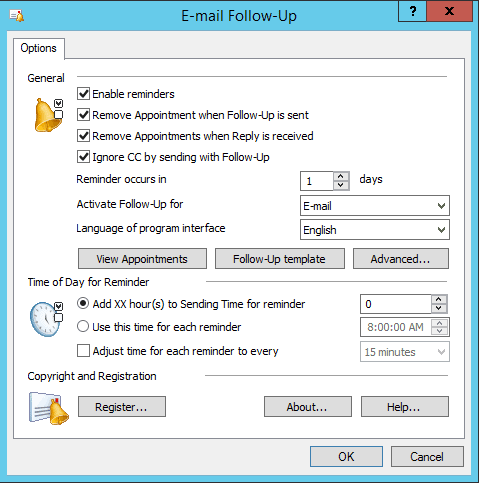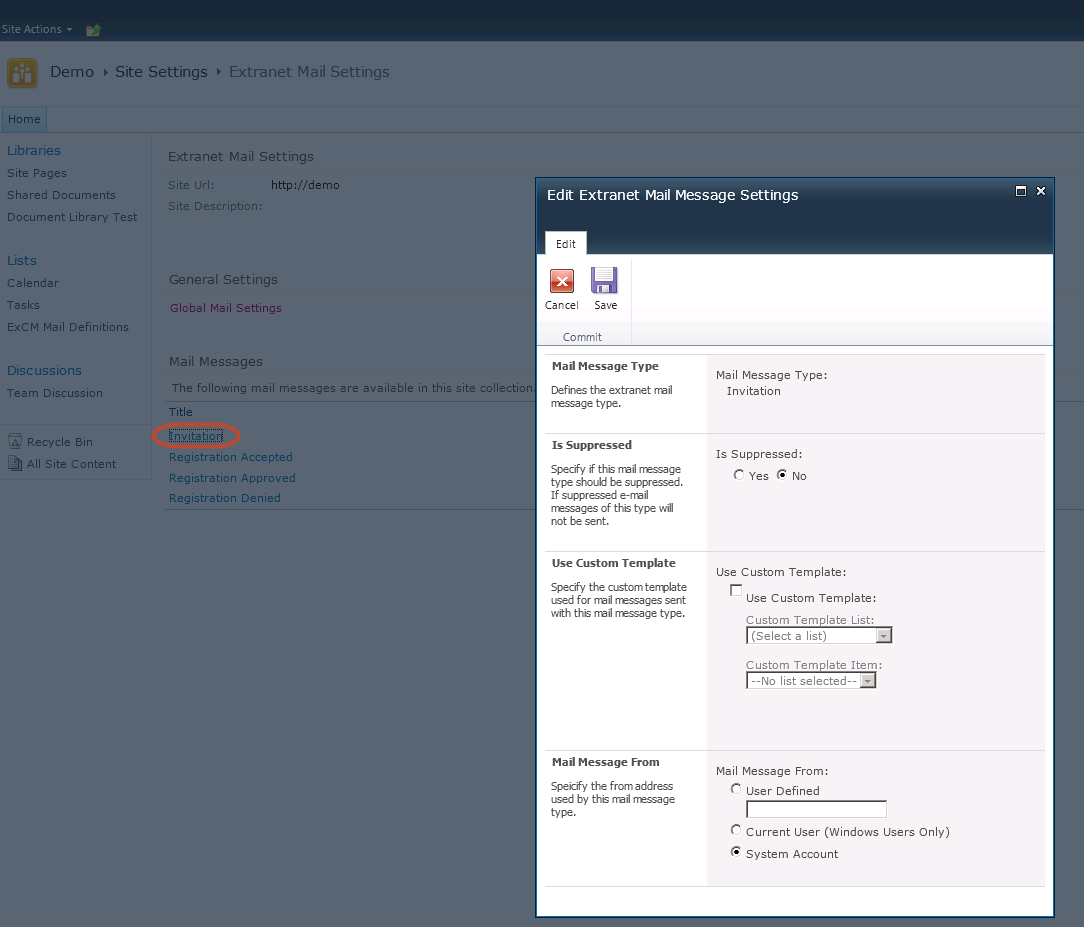

(1) The folder addresses are different based on your Microsoft Office versions: Now open the folder of Office custom forms in Windows, and copy the new CFG file into the folder.
OUTLOOK UNREPLIED WINDOWS
In Windows 8, check the File name extensions option on the View tab in the folder ī: In Windows 7, click Tools > Folder Options > View > Advanced Settings > Uncheck the Hide extensions for known file types.Ĥ. If the file name extensions are hidden, please show them with one of below methods:Ī. Note: This step requires to show file name extension before modifying. Now the Rename dialog box will pop out and warn you, please click the Yes button to go ahead. Double click the new text file to rename the new text file, and then remove the.

And in the opening Save As dialog box, select a destination folder to save the file, type LastVerb.cfg into the File name box, click the Save button, and then close the Notepad window.ģ.

OUTLOOK UNREPLIED CODE
Create a new notepad, paste below code into the notepad. An example of the value object containing the message details that will be sent as part of the composeExtension request sent to your bot is below.1. When a user chooses your action, your bot will receive a submitAction event including the complete message details. Once installed, any command that has a context of message will show up for the user under the Take Actions menu of the … overflow menu.

Note: The rest of this article assumes that you already have an app with a messaging extension, if not please look at our documentation on messaging extensions to get started.īuilt on the existing actions framework, message actions are added by defining a new context property within the messaging extension commands. Message actions are built on the same framework as messaging extensions and bots, allowing you to leverage your existing Teams integration easily, and potentially re-using your existing logic. For instance to create an opportunity in Dynamics etc


 0 kommentar(er)
0 kommentar(er)
